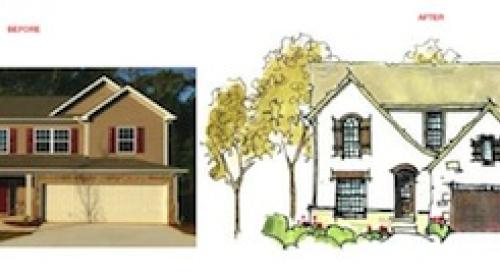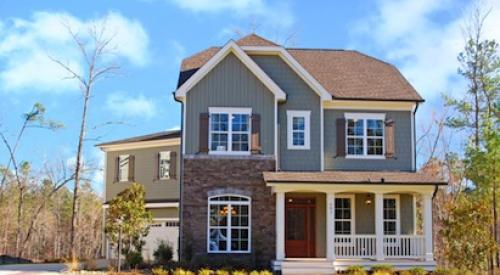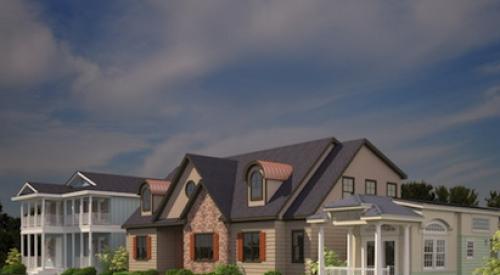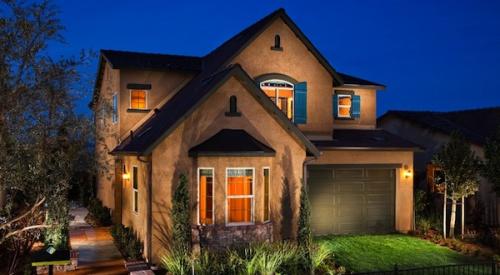
Todd Hallett does a great job helping us to understand the tremendous costs associated with inefficient, poorly designed plans. Making plans more sustainable (or green) is simply combining as many of those sound design principles as possible into one efficient design.
As a child, I lived in a number of different homes. Several were designed and built in the 70’s bearing the telltale signs of the era. Others were much older and possessed elements of grandeur and beauty only found in the upper end of our industry today. What is most interesting about these homes is the older homes tended to be the more efficient, sustainable designs. Two examples:
In California, I lived in a 2-story home built in the 1970’s. Bedrooms and closets were odd sizes. The main floor had several sunken rooms. Dimensions of the home left you feeling like rooms were the wrong shape and size no matter what furnishings were placed there. The age of the home clearly demonstrated the inferior quality standards prevalent at the time. My parents undertook major remodeling efforts to remedy some of the inadequacies, but ultimately the underlying structure prevented a cohesive design.
Prior to this, I lived Cleveland, OH in a historic 1920’s French Tudor. Clearly a home that was, at one time, built for a prosperous family, the underlying structure of the home just felt right. Rooms where designed with dimensions that just seemed to make sense. Some larger rooms were perfectly suited to serve two functions: a living room surrounding a wood burning stove opposite the piano situated for an intimate recital. Bedrooms, bathrooms and dining areas were all created with space enough, but not too much. The home lacked in energy and water conservation features, but bore a timeless design and layout.
The 1920’s design was sustainable as it withstood the test of time in its ability to meet the changing needs of growing families. As we design homes today, our goal should be to create designs that feel right, look right and are built to higher quality. Homes that require major remodeling, more than flooring and paint, continue to consume resources long after initial construction activities. As you walk into a home, think of how the space will work or how it will furnish. If you are struggling to make it work, redesign the space to a more sustainable end.












